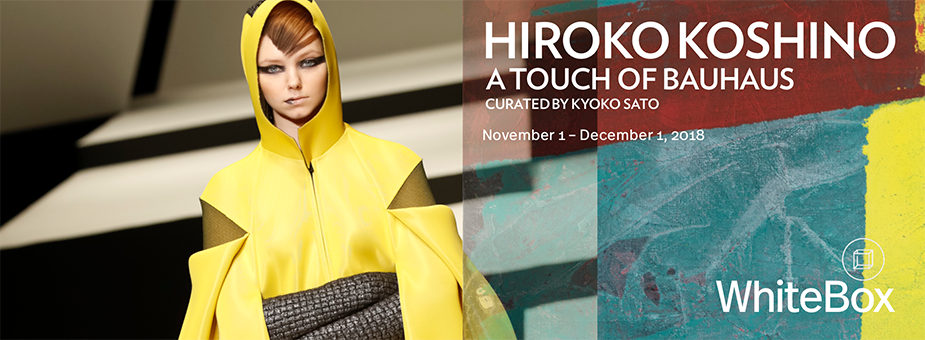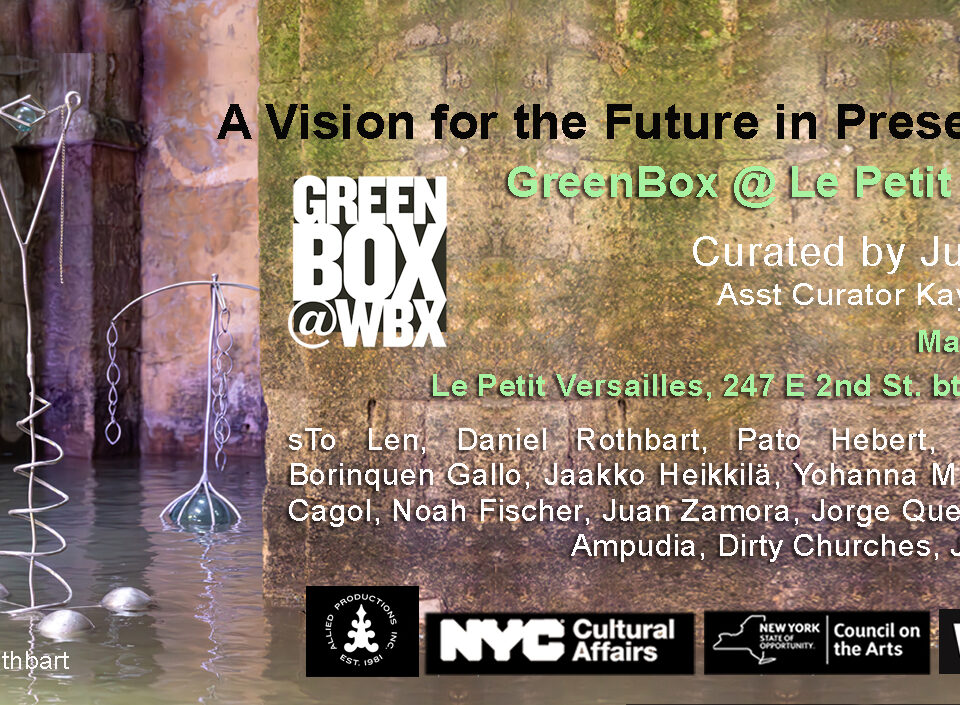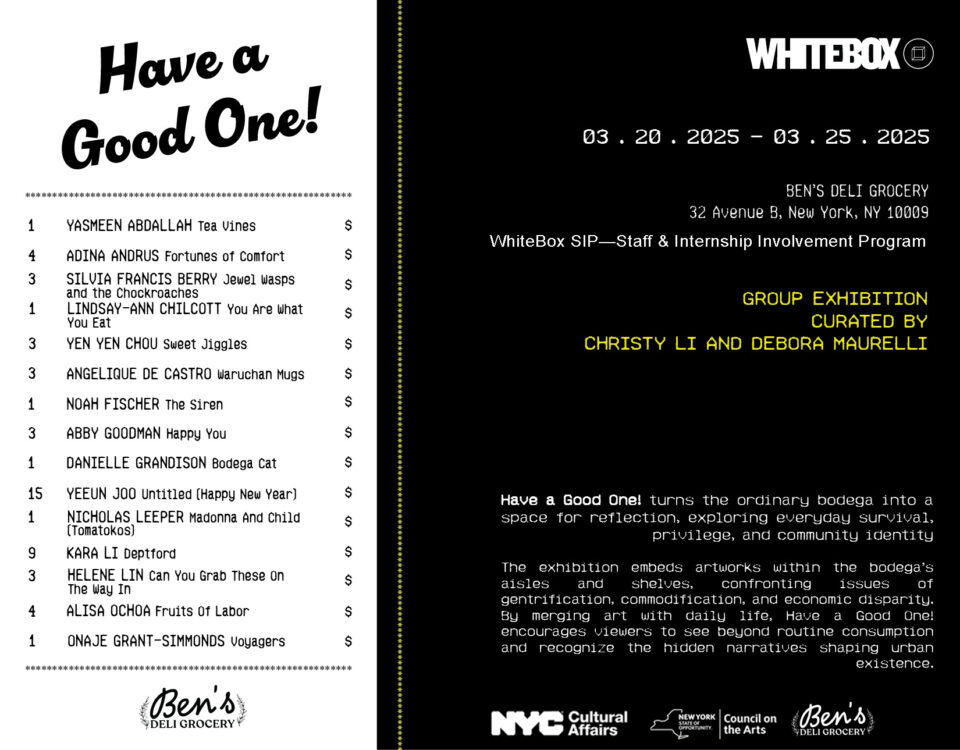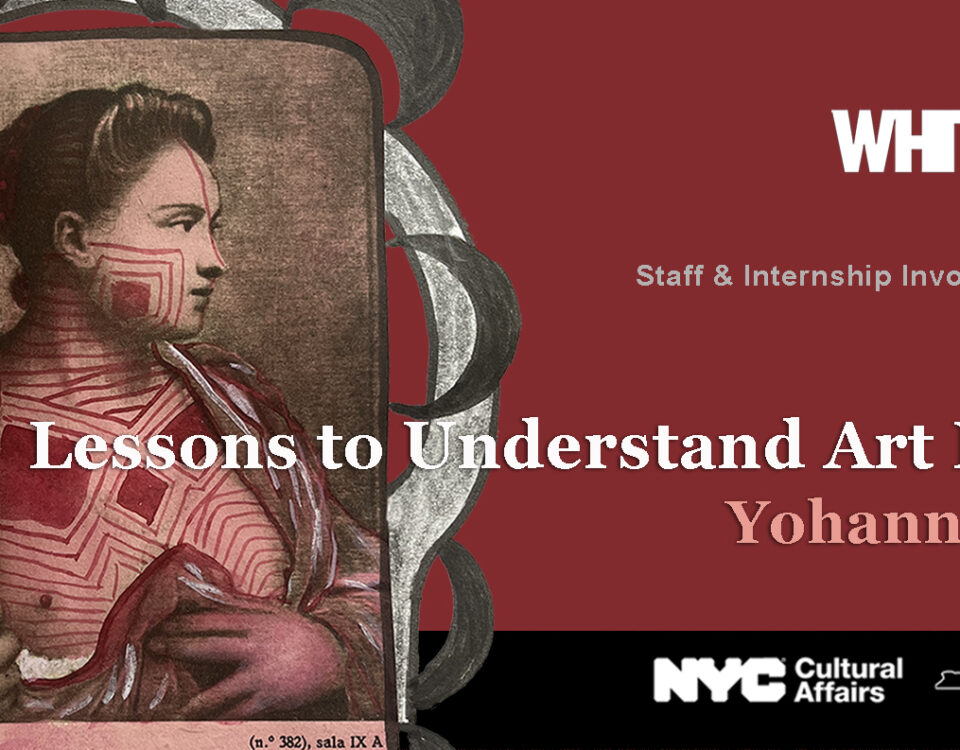White Anxieties
September 19, 2018Hiroko Koshino in Action!
October 25, 2018Curated by Kyoko Sato
November 1 – December 1, 2018
Fashion Institute of Technology Lecture
by Hiroko Koshino
Thursday, November 1, 2018
11:00 AM – 12:00 PM
Fashion Institute of Technology
227 W 27th St, New York, NY 10001
Feldman C501
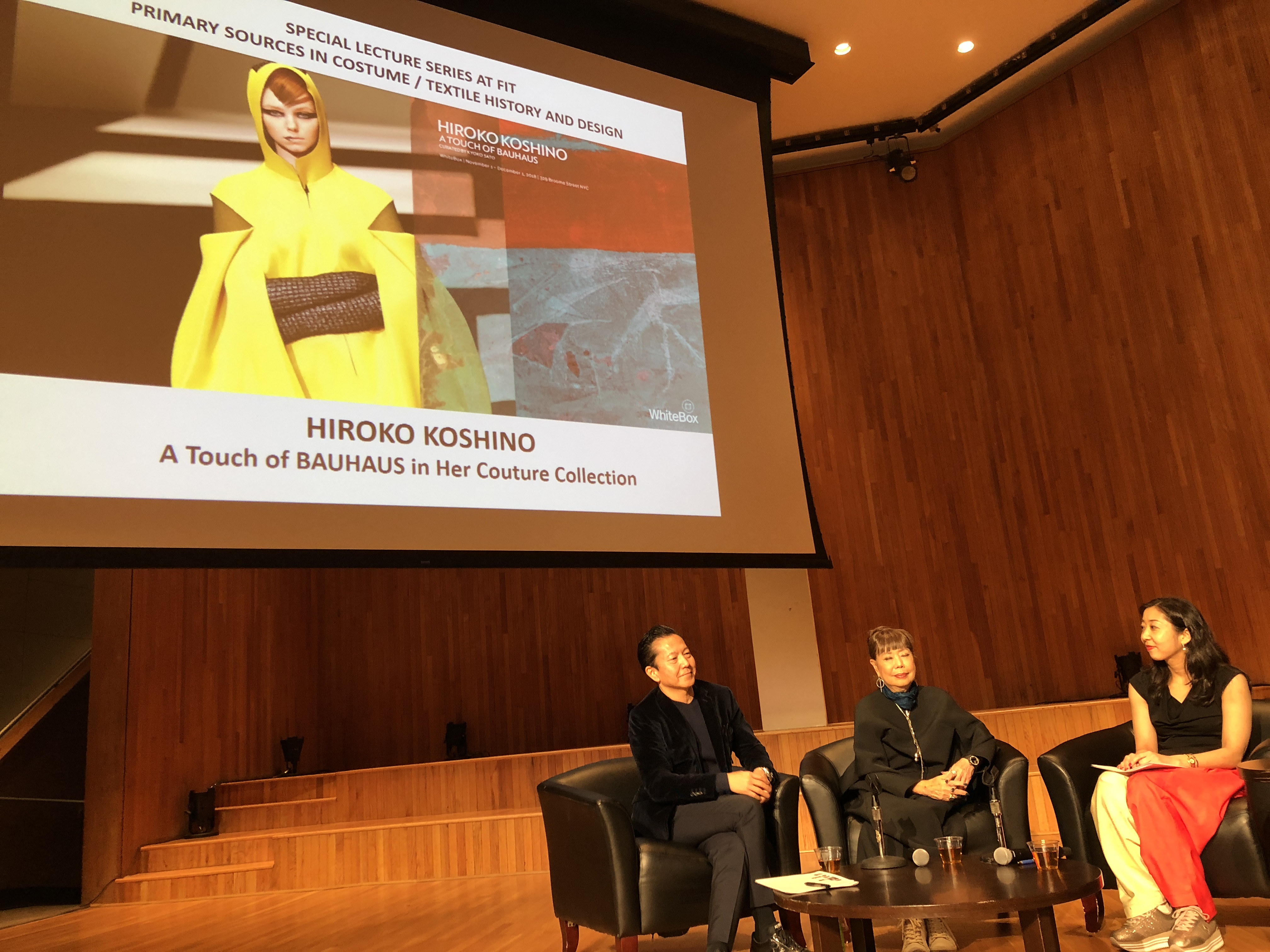
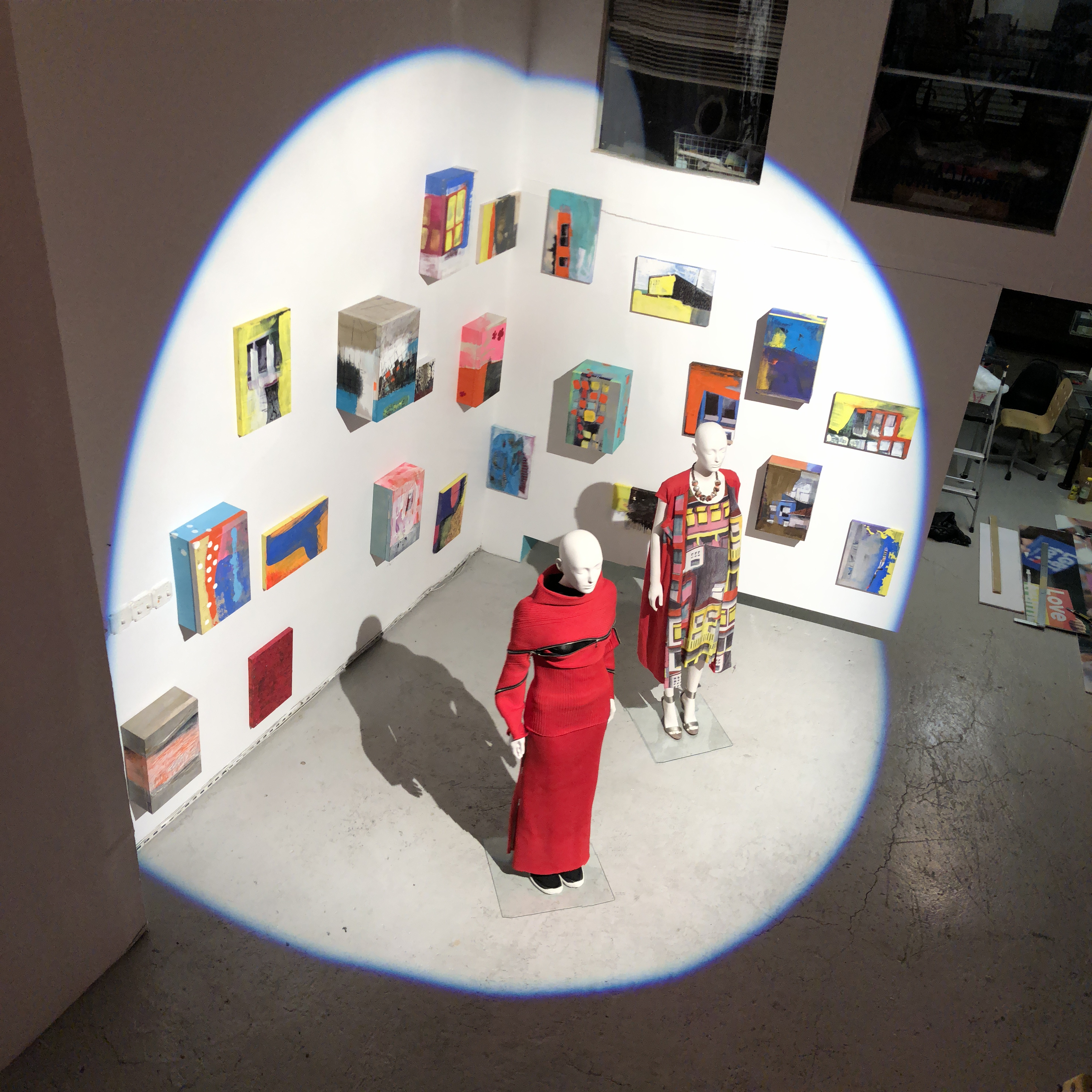
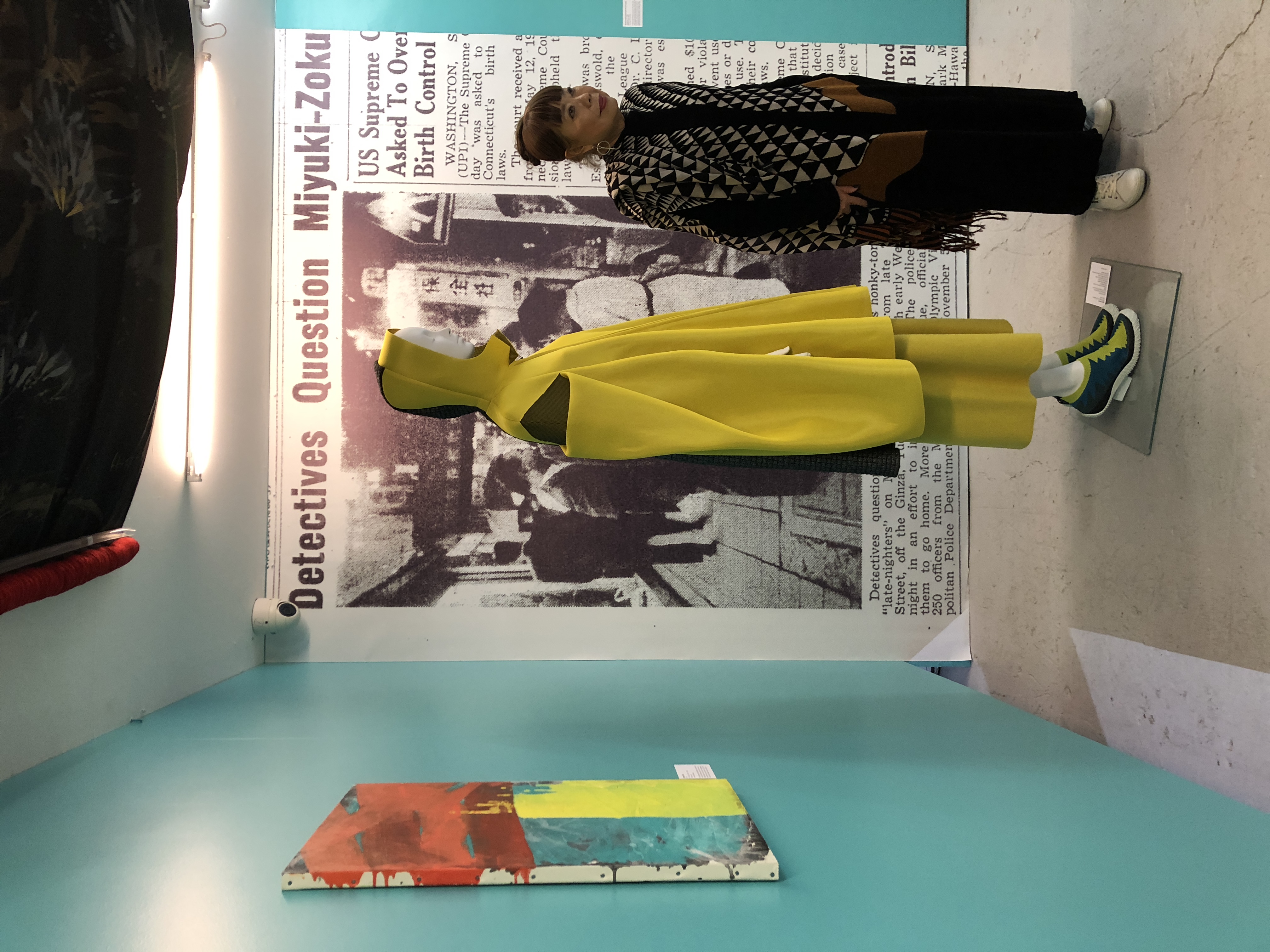
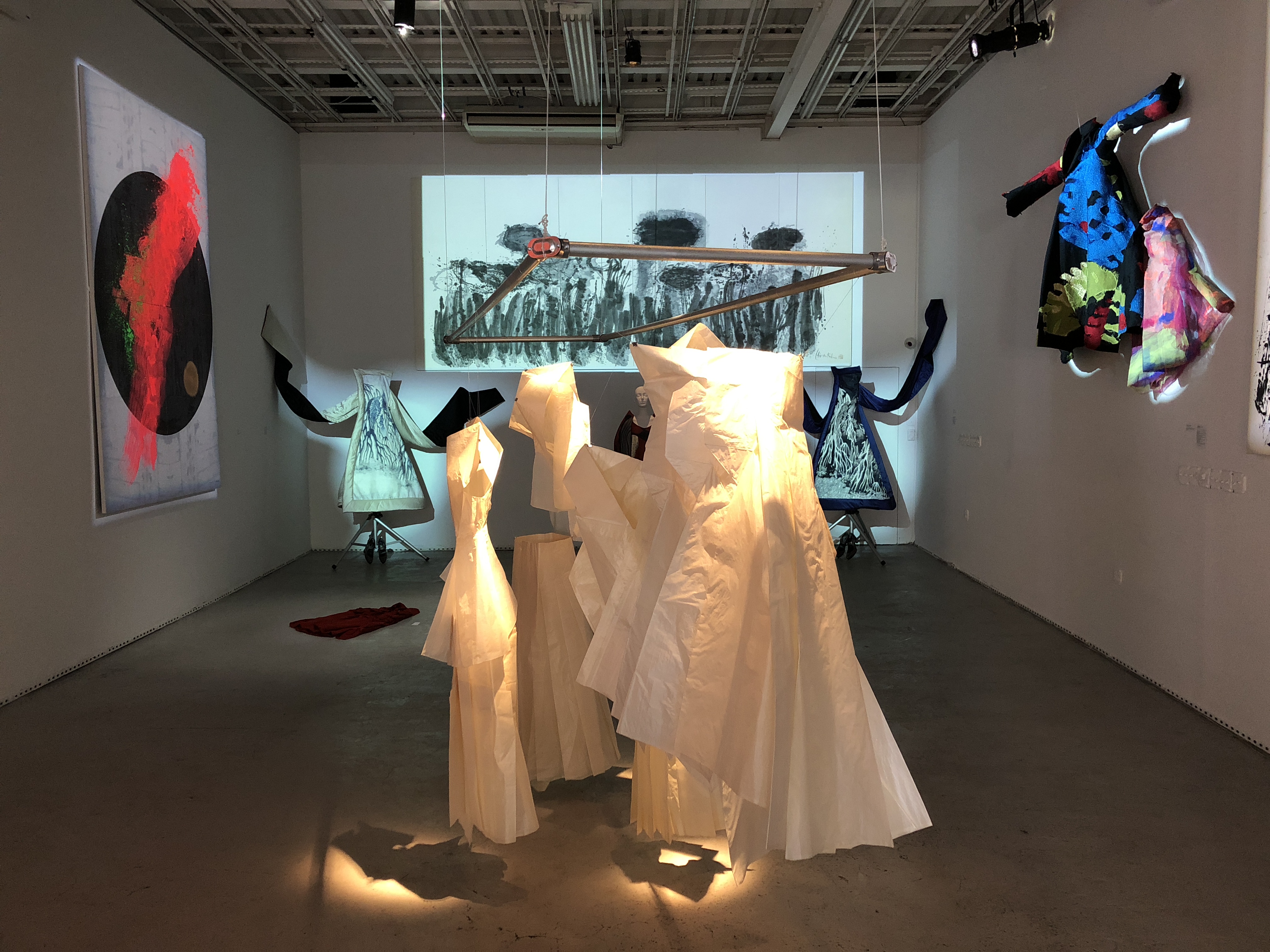
Hiroko Koshino’s exploration of the intersection between art and fashion has made her one of Japan’s creative cultural leaders since the 1960s. Post-World War II, the Japanese economy, social norms and general cultural mindset was undergoing rapid change. Just as Japan’s technological companies Sony, Toyota and National launched themselves to become top corporate world players, the Fashion industry was another essential field the country intended to nurture swiftly and elegantly. Young fashionistas of the 1960s gathered in Tokyo’s Ginza Miyuki-street under the Miyuki Tribe umbrella. The group advocated the so-called “Ivy Look” adopting American college customs including the odd, deviant habit of gum chewing. This imported cool, care-free look became a new vogue in some quarters in Japan, running head-on against the prevailing conservative, somber mood leftover from the previous decade marked by dreadful social conditions, economic chaos and misery.
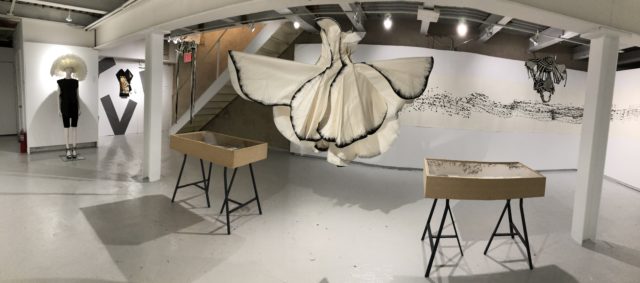
In 1977, Hiroko joined the newly created cutting edge group Top Designers 6* debuting her collection in Tokyo, after which she became a twice-a-year fixture in its fashion scene. In 1978 she was the first Japanese High Fashion designer joining Alta Moda in Rome where her surprising creations earned her a sensational 30 pages article in Italy’s Harper’s Bazaar. A key novelty involved an astute incorporation in her couture of the traditional Japanese obi-jime (a kimono’s large sash band), and plum tree or tortoise with crane shaped kanzashi (ornamental hairpin).
By the end of the 1970s, Hiroko Koshino became an integral part of the top creative Japanese Fashion leaders’ group, establishing her independent brand in 1982. This decade created a social phenomenon called “Designer’s Character Brand Broom” – a moment in Japanese history when everyone was convinced high fashion was becoming a valuable industry with the capacity to meet investors’ expectations. In this period, feeling empowered, Koshino started “Hiroko Koshino International Inc.”, a brand debuting her singular state-of-the-art, ‘pret-a-porter’ collection at the 1982 Paris Fashion Week.
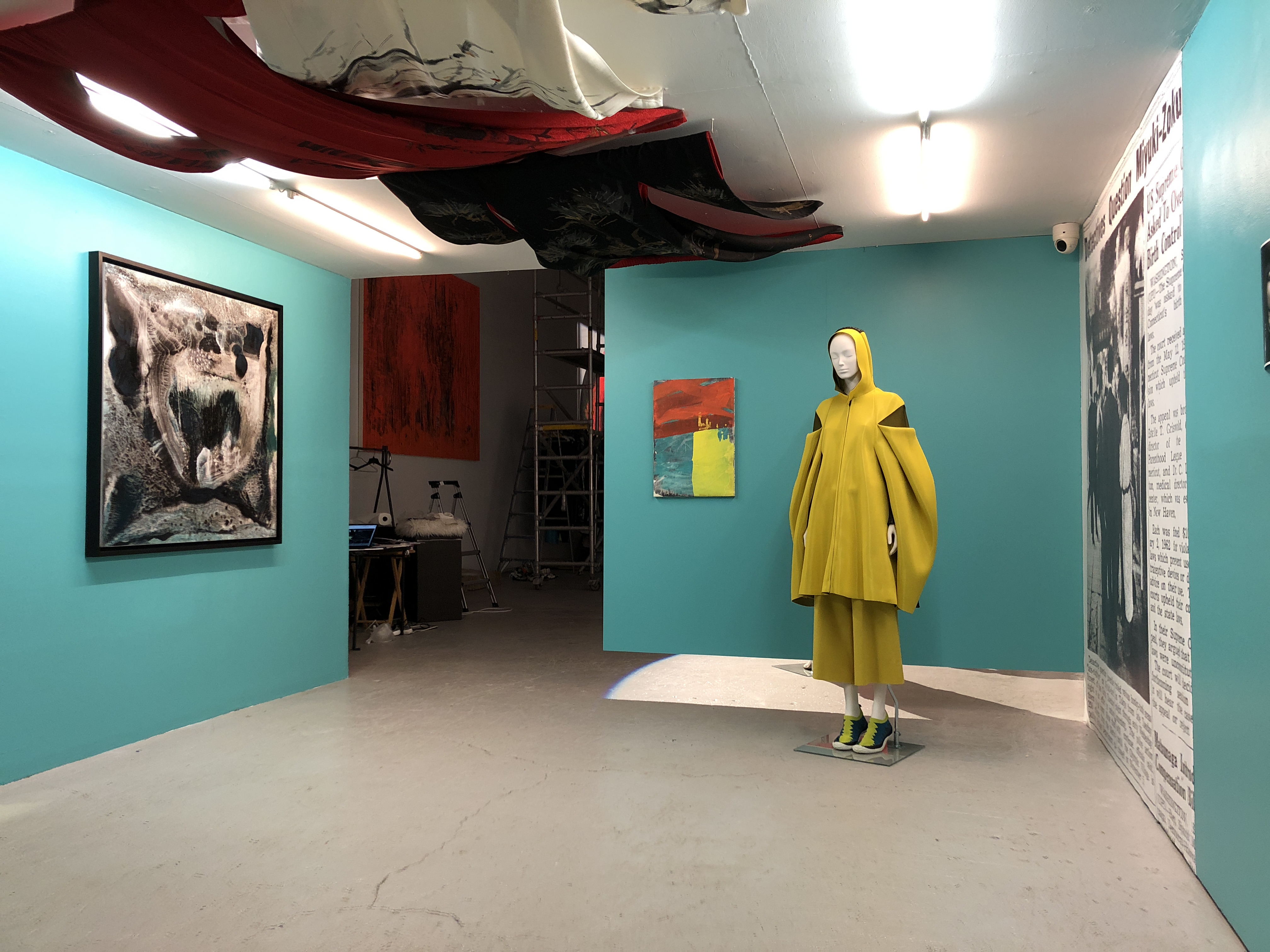
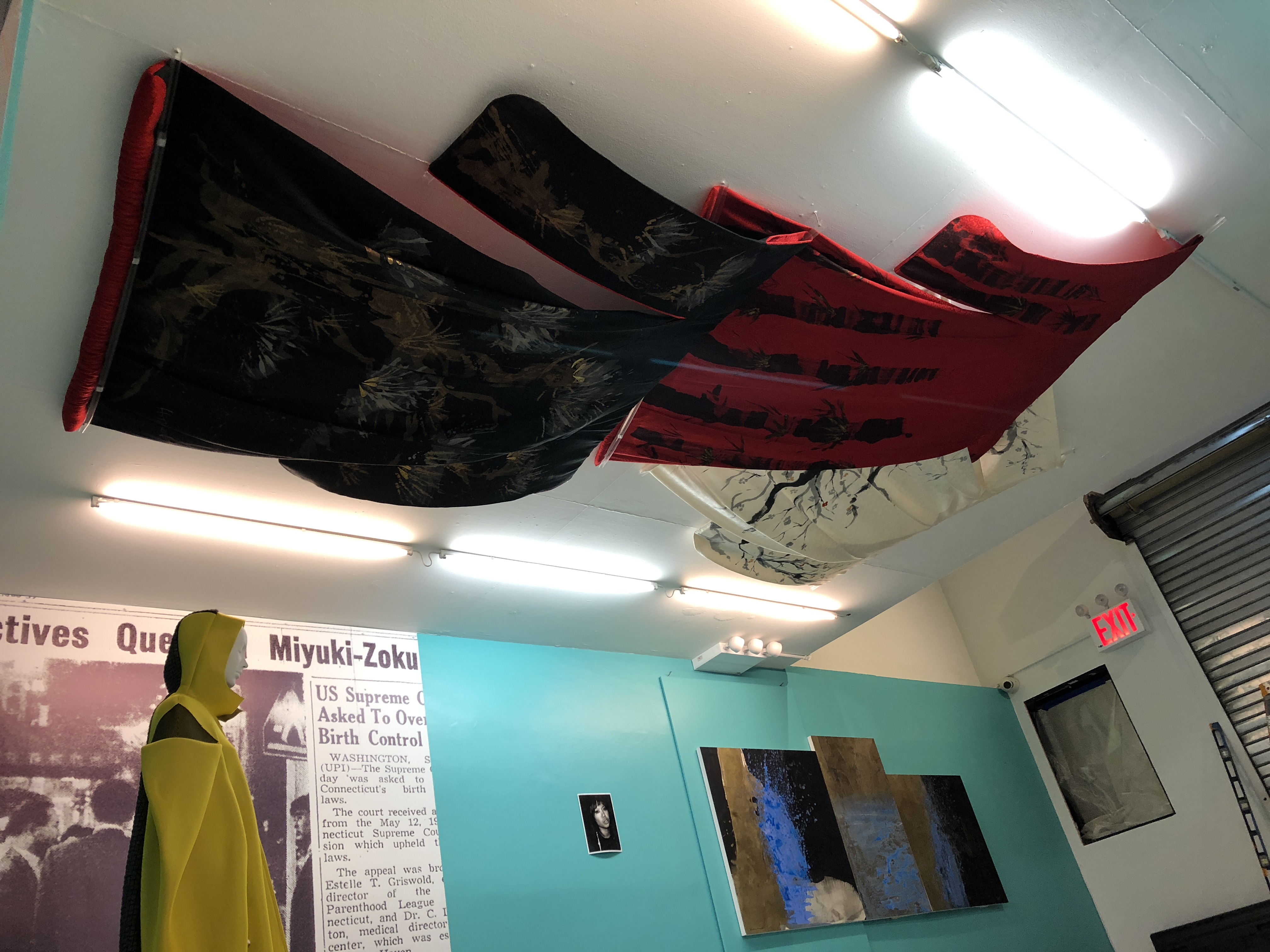
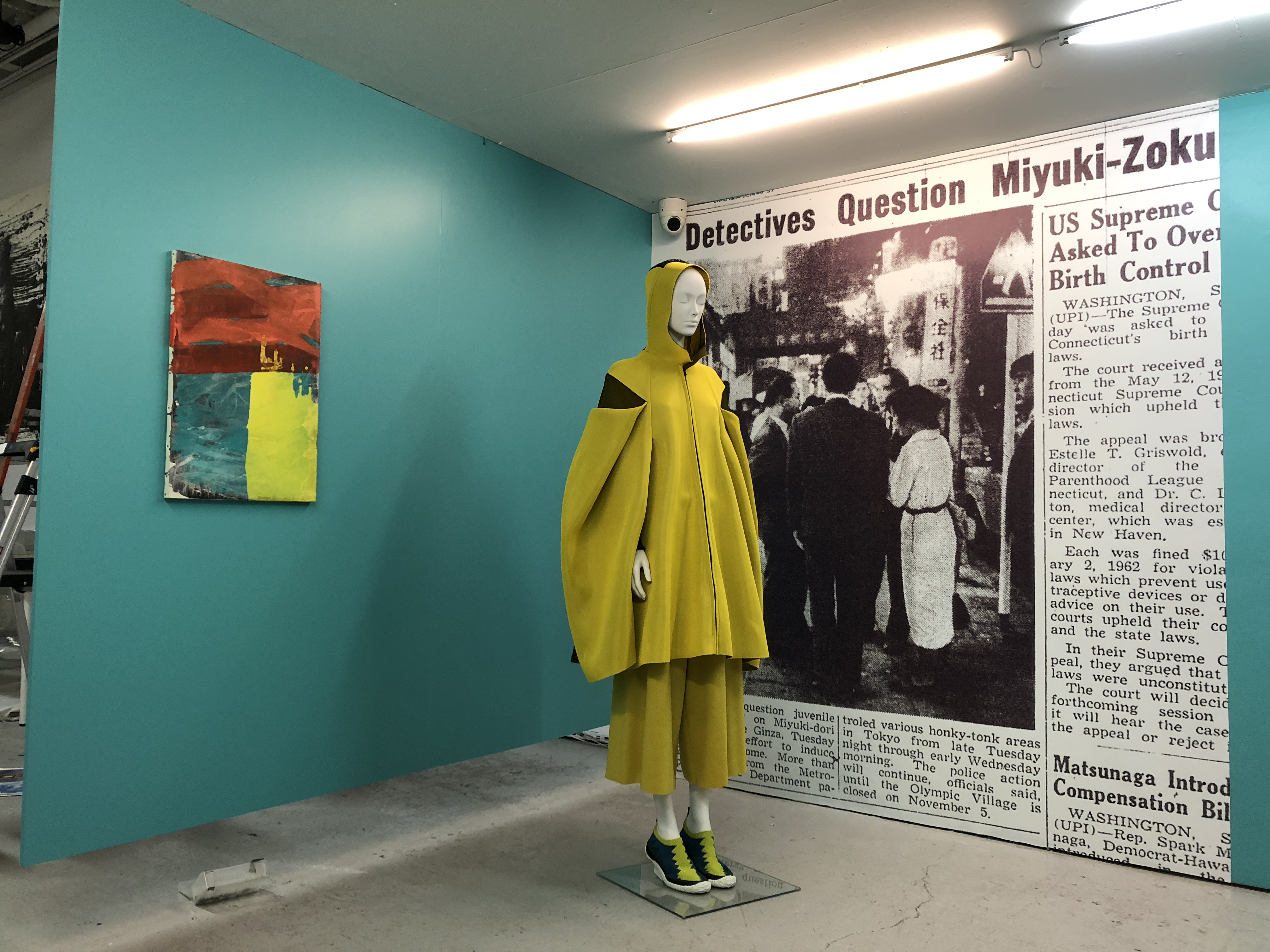
At the time, in various fields of modern Japanese culture, ‘East meets West’ would become the norm, a successful no-fail formula. However, genius architect Tadao Ando was apt in describing: “Koshino’s design, which give importance to the feel of the materials that stimulate the sense of touch and have clearly defined details that flow into the elegant silhouette of the whole, are neither Western nor Eastern…” ** Her seductive power and elegance was culled from well studied sensibilities fusing her deep meditations upon Japanese tradition with her stream-of- consciousness painting discoveries. The exquisite result ultimately defined and anointed her own personal ‘touch’ or aesthetic free of East-West** leanings.
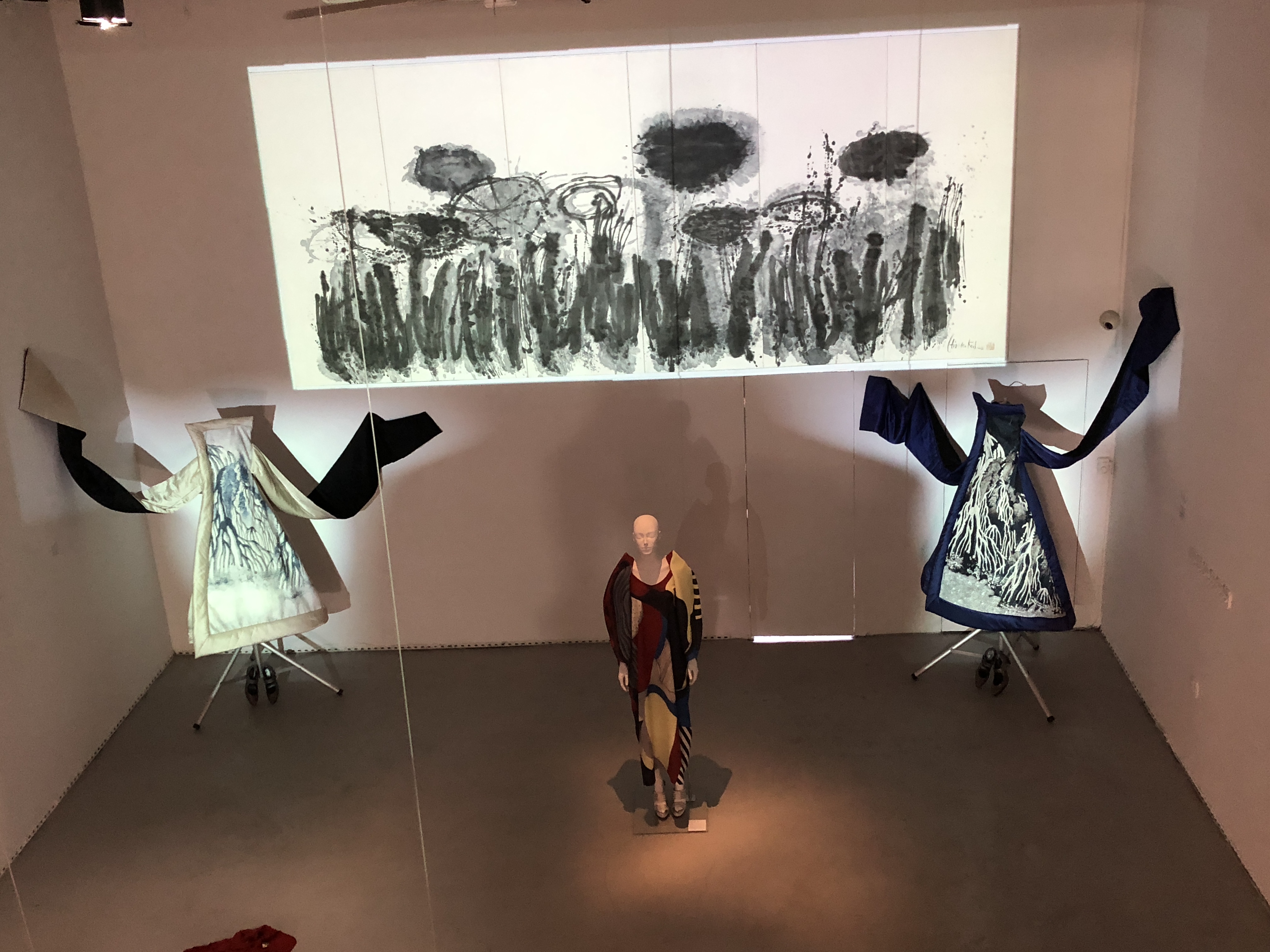
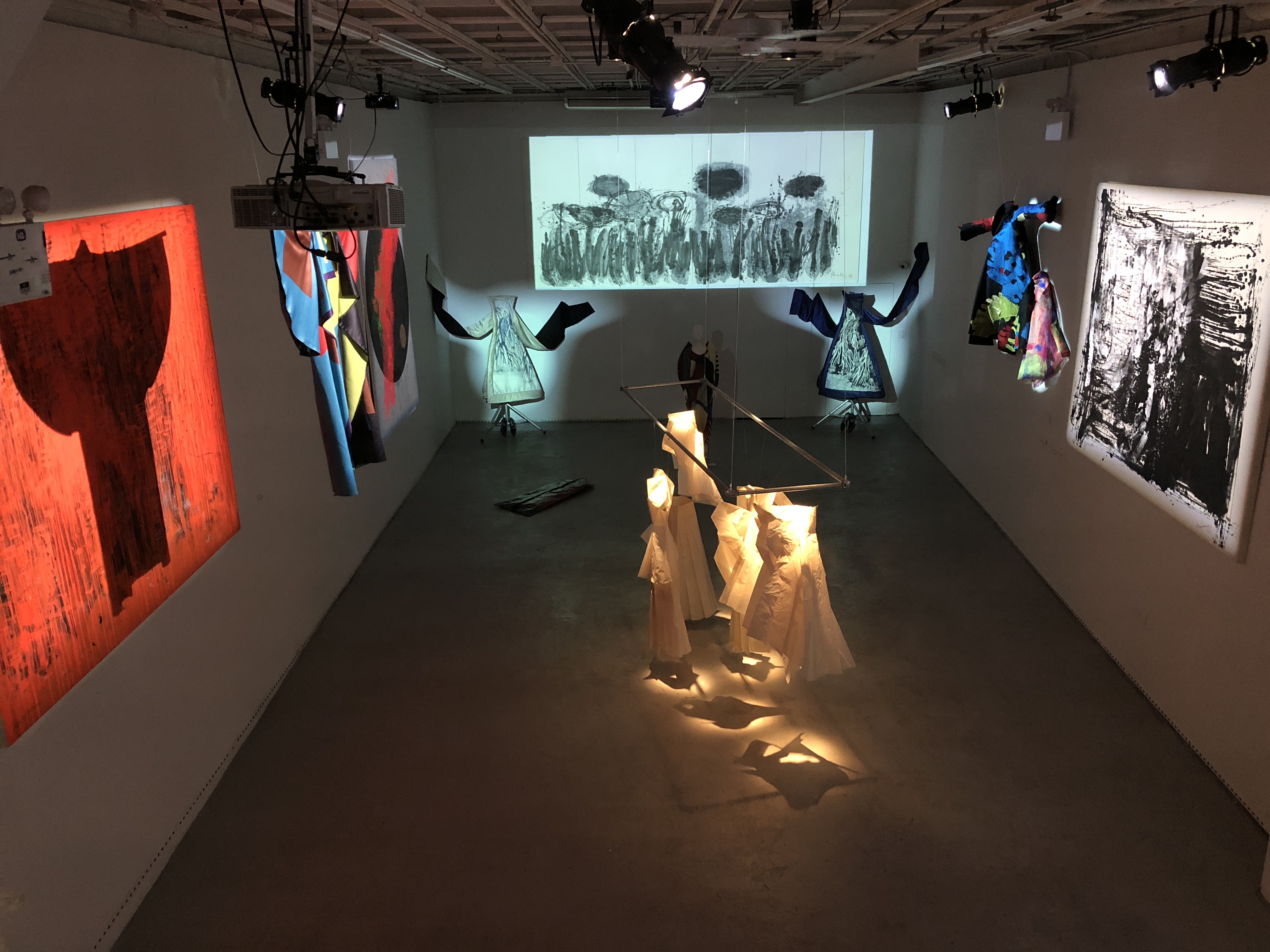
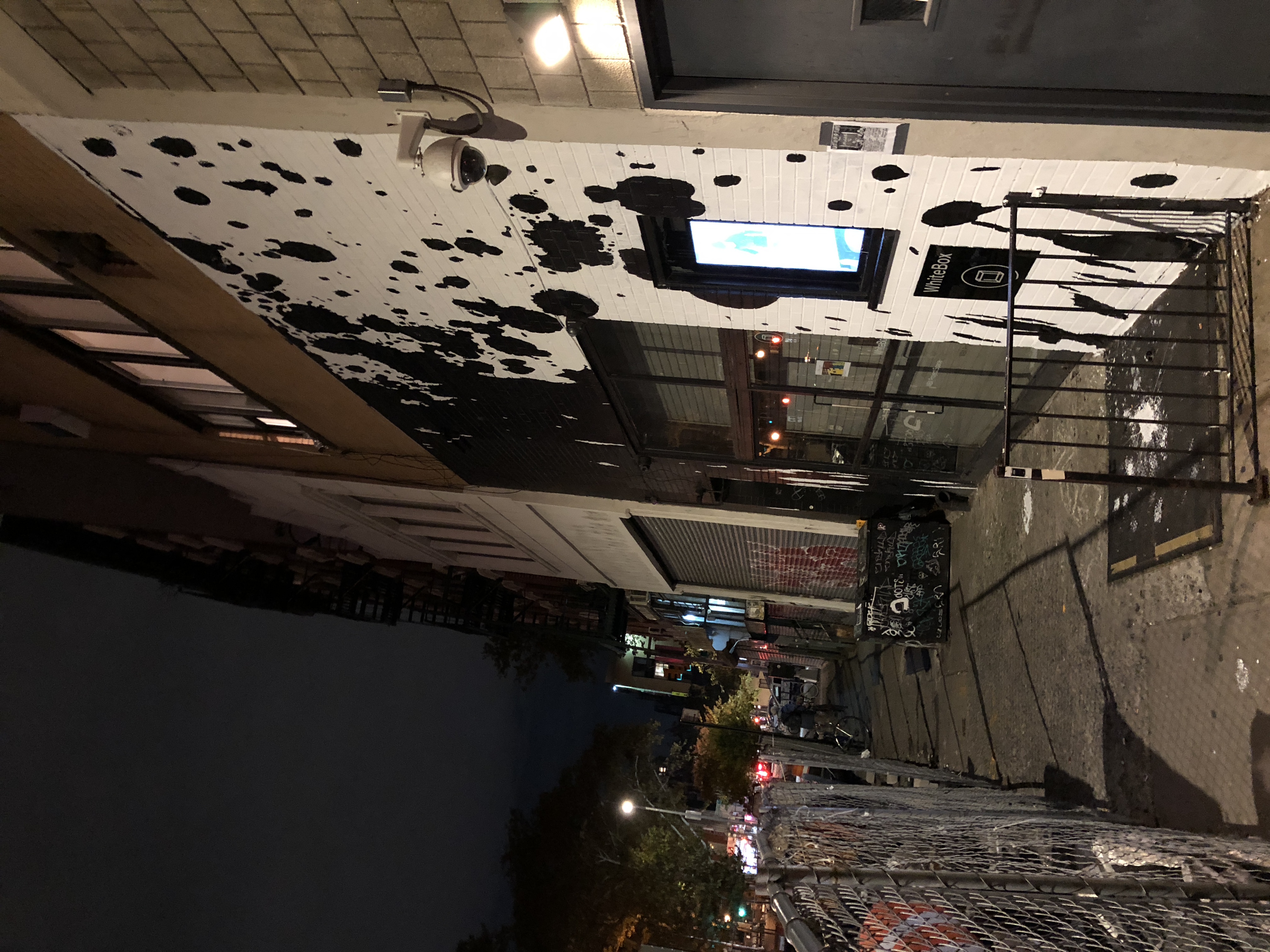
While building and maintaining a preeminent career as a top fashion designer over the past six decades, Koshino has never ceased to practice her beloved painting vocation. Her artmaking became a refuge from the constrains of the fashion world where clients’ needs and collaboration with other artists imposed certain limits on her creative impulses. Distancing herself as often as possible from the industry, and allowing for a more personal way of expression, Koshino has produced well over 1,900 pictorial works to relish. Imbued in her own tradition and inspired by a range of the early-20th century Western artists ranging from Andre Masson to Gustav Klimt, and the Blue Rider group to Jackson Pollock, Koshino has constantly experimented with a variety of paint application tools and techniques. Working with brushes, sticks and various supports, she developed unorthodox imagery, as when applying conflicting wet-on-wet mixtures of oil and acrylic paint right over sumi-inked textiles leading to the creation of Koshino’s fortuitous yet splendid ‘synthetic collages.’ These collages create a rare bridge between Western Modernism and traditional geometric Japanese calligraphy, often used in her Chinese ‘inked’ poems. In her striving to find a personal yet multifaceted ‘voice’, Koshino’s Sumi-ink paintings evoke her original Abstract-Expressionist acumen infused with a personalized Zen sensibility. From my Japanese-New Yorker curatorial perspective, I find it fascinating and delight in introducing such succinct exploratory notions in this exhibition.
It is not only the combination of techniques and styles that impresses Koshino’s imagination, the dialectic that can be sensed between her art and her design presents a holistic view on her creations reminiscent of the principles promulgated by the Bauhaus School, particularly its dedication to creating of a total work of art (Gesamtkunstwerk) blurring the old time division between high art and craft, a postulate advanced in its heyday by artist-educators Joseph Albers, Paul Klee, El Lissitzky and Moholy-Nagy László.
Koshino’s intuitive admiration for the unity between all forms of art brought her to invite Tadao Ando—a young colleague and brave aspiring architect—to design her studio space in Ashiya, Hyogo, circa1981***.“My growth as a creator grew many fold once I moved into Ando’s building”. Surrounded by her native Mother Nature and keeping a distance from Tokyo’s fast moving, tumultuous urbanized society, Koshino began a new exploration of art and fashion in this invigorating environment. Respecting the “Ta-ga-sode” format, Koshino began to apply her innovative techniques to the iconic Japanese Kimono. In the renown Japanese scholar Reiko Tomii’s words, the style of “Ta-ga-sode (Who’s Kimono is This?) Screen” is an example of how the Kimono forms an intricate part of the Japanese spectrum of art and culture, where artists painted Kimonos as a pure art from. Hiroko painted Kimonos in this manner with upmost respect, and not as mere ‘accessories’. Her choice of embossing the Kimono with dense embroidery added a sense of ‘volume’, in turn, reinforcing the quasi-architectural dimension of such majestic works. Her artistic discoveries through painting allied of a select use of traditional visual items, became the vehicle to impregnate her couture with a personalized ‘mark’ or ‘branding’. Her strong sensibility using tradition as part of her foil in the serene Ando’s studio environment, gave her an advantage. In the six-month cycle Koshino’s fashion shows requiring her changing themes and motives, she found a way to synchronize the essence of her paintings and ideas into the upcoming collections, largely inspired by her sojourn in her evocative studio in total harmony with surrounding Mother Nature.
Koshino came to realize: “I can continue designing because I paint”, thus her late desire to be recognized as a prime painter as well. Facing a new turning point in her development recently, she reached out to me to help initiate an artist-curator collaboration to present her artworks to the vital and demanding New York art scene in hopes of establishing a new locus in her artistic career. At the crossroads of her six decades of artistic production, WhiteBox welcomes her exhibition ‘A touch of BAUHAUS’ as part of its 20-year ongoing program SAS (Seminal Artists Series). It is also my aim and desire to deepen the art world’s understanding of what makes Japanese art and culture unique—in many regards—while remaining a vital part of the new global cultural-critical scene.
*Established in 1974, the original members of Top Designer 6 (TD6) were Isao Kaneko, Takeo Kikuchi, Junko Koshino, Yukiko Hanai, Mitsuhiro Matsuda, Kansai Yamamoto, aiming to organize Tokyo fashion week. Three-four years later, Hiroko Koshino, Hiromi Yoshida, Rei Kawakubo and Yoji Yamamoto joined.
** Photo book HK2001, Hiroko Koshino Design Office, 1997
Picture book Hiroko Koshino, Hiroko Koshino Co., Ltd. 2017
*** After Koshino lived in Ando’s building for 32 years, it was renamed KH Museum Gallery in 2013, a showcase for Hiroko Koshino’s artworks
–Kyoko Sato
About Kyoko Sato:
As a curator with extensive experience in both the art and fashion worlds, Kyoko Sato has taken a particular interest in Koshino’s Gesamtkunstwerk oeuvre. Over the years, Sato has managed projects for Omotesando Collections in Tokyo, as well as working with New York’s Metropolitan Museum of Art to organize exhibitions for the Tokyo Metropolitan Art Museum. In March 2018, she curated A Colossal World: Japanese Artists and New York, 1950s – Present. Exhibited at WhiteBox, the show featured 55 artists that included three of the most instrumental post-Modern women artists in the New York art world, Yoko Ono, Yayoi Kusama, and Shigeko Kubota. Sato’s goal, she told the Japan Times, is to “make the world a better, more livable place, through art.”
As curator of this exhibit, Sato hopes to bring much-deserved attention to Hiroko Koshino’s uniquely beautiful paintings and fashion works. “It is also my hope and desire to deepen the art world’s understanding of what makes Japanese art and culture unique while being part of the new globalized cultural-critical scene,” says Sato. Hiroko Koshino’s works will be showcased at WhiteBox with an opening reception from 6 to 8 p.m. on November 1st. The exhibition runs through December 1st.
For press inquiries, please contact press@whiteboxny.org
Special thanks to The Costume Institute, The Metropolitan Museum of Art, New York and Nao Takekoshi.

